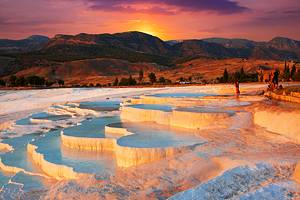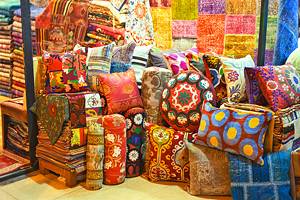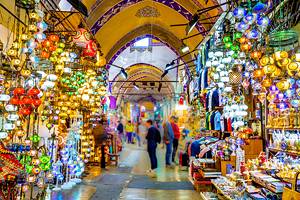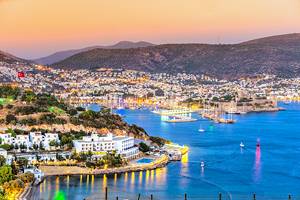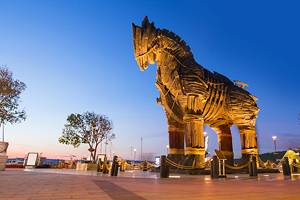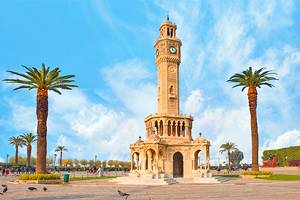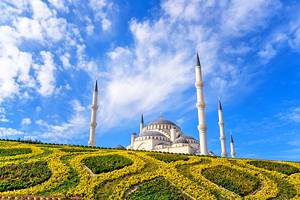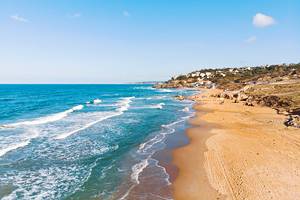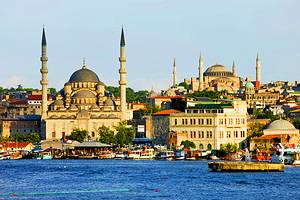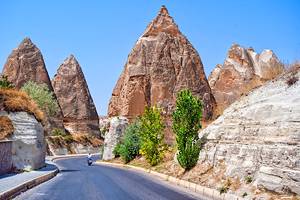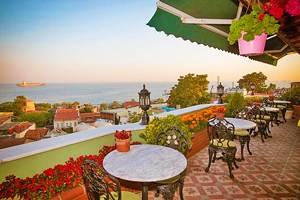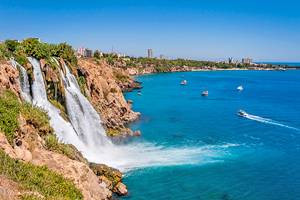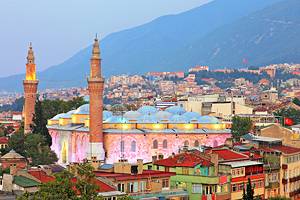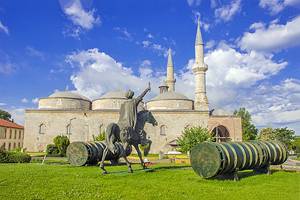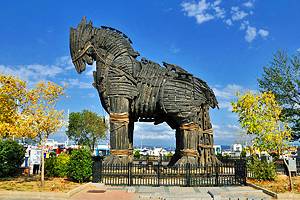Exploring Istanbul Archaeological Museums: A Visitor's Guide
Istanbul's Archaeological Museums contains an important and beautifully presented collection of statuary, stele, sarcophagi, and other antiquities from throughout the Middle East, much hailing from the Classical Era.
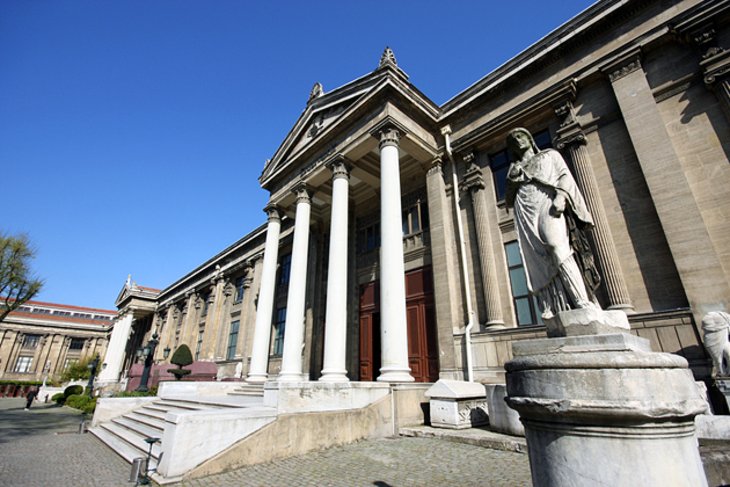
Most of the exhibits come from the Topkapı Palace collection, which was the work of Ottoman archaeologist Osman Hamdi Bey, who became the museum's first director.
Along with the Museum of Turkish and Islamic Arts, opposite the Blue Mosque, this is the city's top museum attraction and it should be high on the list of things to do for any traveler interested in history.
Located in Gülhane Park, just to the south of Topkapı Palace itself, the museum consists of three separate sections housed in three buildings.
1. Main Collection
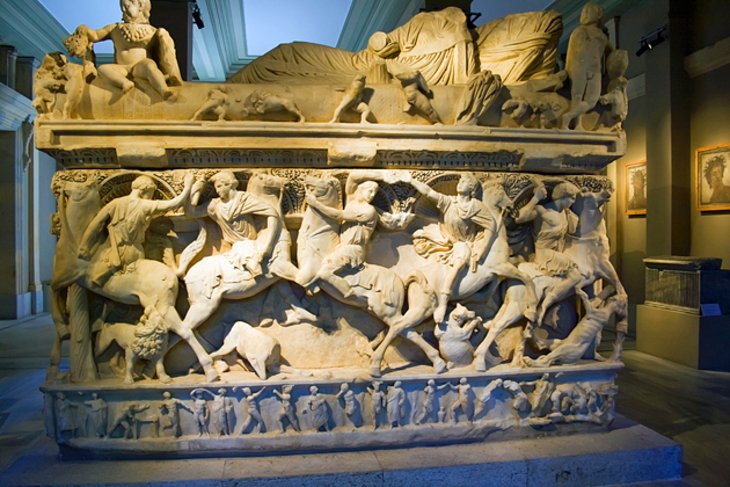
The main building, with its imposing Neoclassical facade, houses the museum's major treasures.
Among the principal exhibits are the finds brought back from Lebanon by Ottoman archaeologist Osman Hamdi Bey. The rich treasure trove of sarcophagi he unearthed in Sidon (in south Lebanon) is from ancient Sidon's royal necropolis.
In particular, the magnificent Alexander Sarcophagus, with its intricate depiction of the Macedonian army battling the Persians, and the Sarcophagus of the Mourners, with 18 figures of mourning women, are gorgeous examples of the rich grave art of the 4th century BC.
As well as the Sidon cache, the collection includes sarcophagi, funerary stele, inscribed stones, and statuary found from elsewhere throughout the old Ottoman Empire. The most exceptionally beautiful examples are the 5th century BCE Sarcophagus of the Satrap, the Lycian Sarcophagus (ca. 400 BCE) and the 3rd century Sidamara Sarcophagus from Konya.
Away from the tombs, there are also exhibits covering Troy and Anatolia, Cyprus, and Syria, a vast coinage collection, and some Roman-era mosaics.
The building was initially built in 1881 by Osman Hamdi Bey specifically to house the collection, though it wasn't until 1908 that it gained its present form.
It's renowned as the city's most prominent example of Neoclassical architecture.
2. Istanbul through the Ages Exhibit
This excellent exhibit within the main building does a good job of explaining the vast and complicated history of the city of Istanbul.
The displays here, including maps that showcase what Istanbul looked like at various stages of its life, convey the story of the city, from the legend of its founding, through its feted period as Constantinople, first capital of the Byzantine Empire, and then as capital of the Ottoman Empire.
It's a good way to wrap your head around the staggering history of this metropolis.
3. Museum of Ancient Oriental Art (Eski Şark Eserler Müzesi)
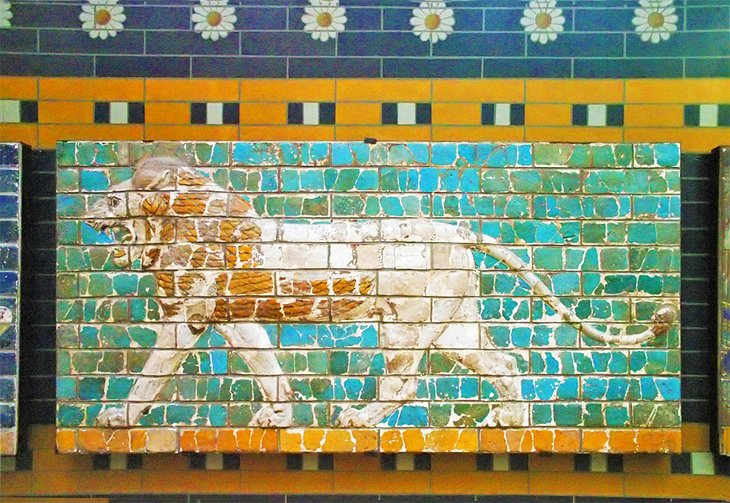
Across the courtyard from the main museum building, this section of the collection is devoted to exhibits of pre-Islamic artistry.
As with the main archaeology collection, the artifacts here were gathered from throughout the countries that were once part of the Ottoman Empire. The antiquities on display span from Ancient Egypt to Mesopotamia, and range from Assyrian and Hittite cuneiform tablets to Pharaonic statuary.
The major highlight for most visitors is the ancient Babylon exhibit, which includes the glazed brick panels, portraying lions and bulls, from Babylon's Ishtar gate.
The building itself was built in 1883 and was first used as Istanbul's school of fine arts.
4. Tiled Pavilion
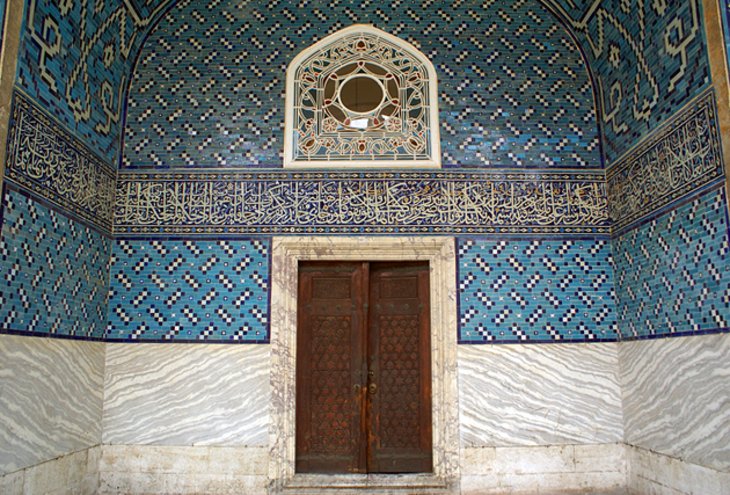
The third building in the museum complex is the graceful Tiled Pavilion (Cinili Kösk), which is one of the oldest surviving Ottoman buildings in Istanbul. Built in 1472, it shows a clear Persian influence in its architecture.
It was originally built for Sultan Mehmed II (Mehmed the Conqueror) as a rather grand spot for the sultan to watch games and sports.
The building's intricate and finely detailed ceramic decoration (mainly 16th-century Iznik tiles) and 12th- to 19th-century faience detailing have been wonderfully well-preserved.
5. Around the Museum
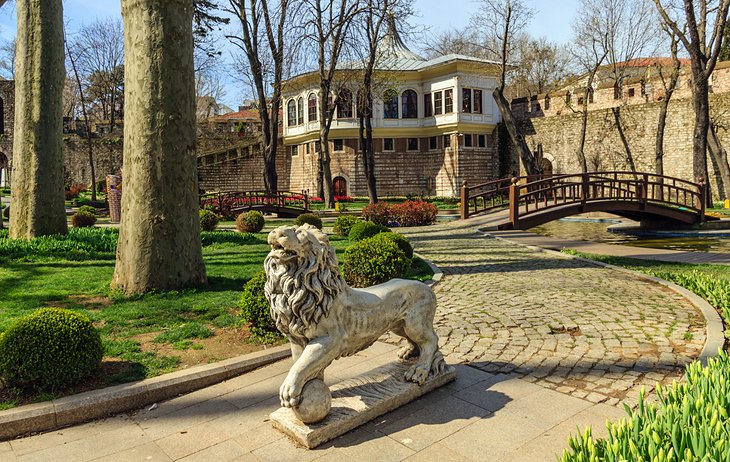
After your museum visit, take time out to wander through Gülhane Park, which was once the Ottoman Sultan's gardens.
The gardens are a peaceful slice of greenery right in the heart of the old city, with manicured rose and tulip beds, shady trees, and great views over the Golden Horn.
Here, you'll also find a couple of lesser visited, specialist museums. The Museum of the History of Science and Technology in Islam and the Ahmet Hamdi Tanpınar Literature Museum are both interesting diversions if you have some time up your sleeve.
If you've had your fill of history for the day, head to the tea garden, at the park's highest point, to relax with a tea or cold drink and admire the panoramic vistas.
More Related Articles on PlanetWare.com
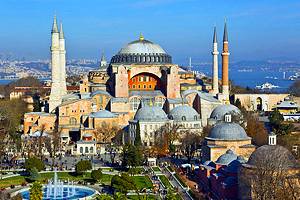
Istanbul Highlights: Istanbul has many major monuments and attractions to explore from both its Byzantine and Ottoman eras. In particular, don't miss the Aya Sofya, Byzantium's most beautiful and famed church; Topkapi Palace, once home to the Ottoman sultans; and the Blue Mosque, known for its interior of Iznik tilework. For rewarding things to see and do near the city, see our page on the top day trips from Istanbul.



